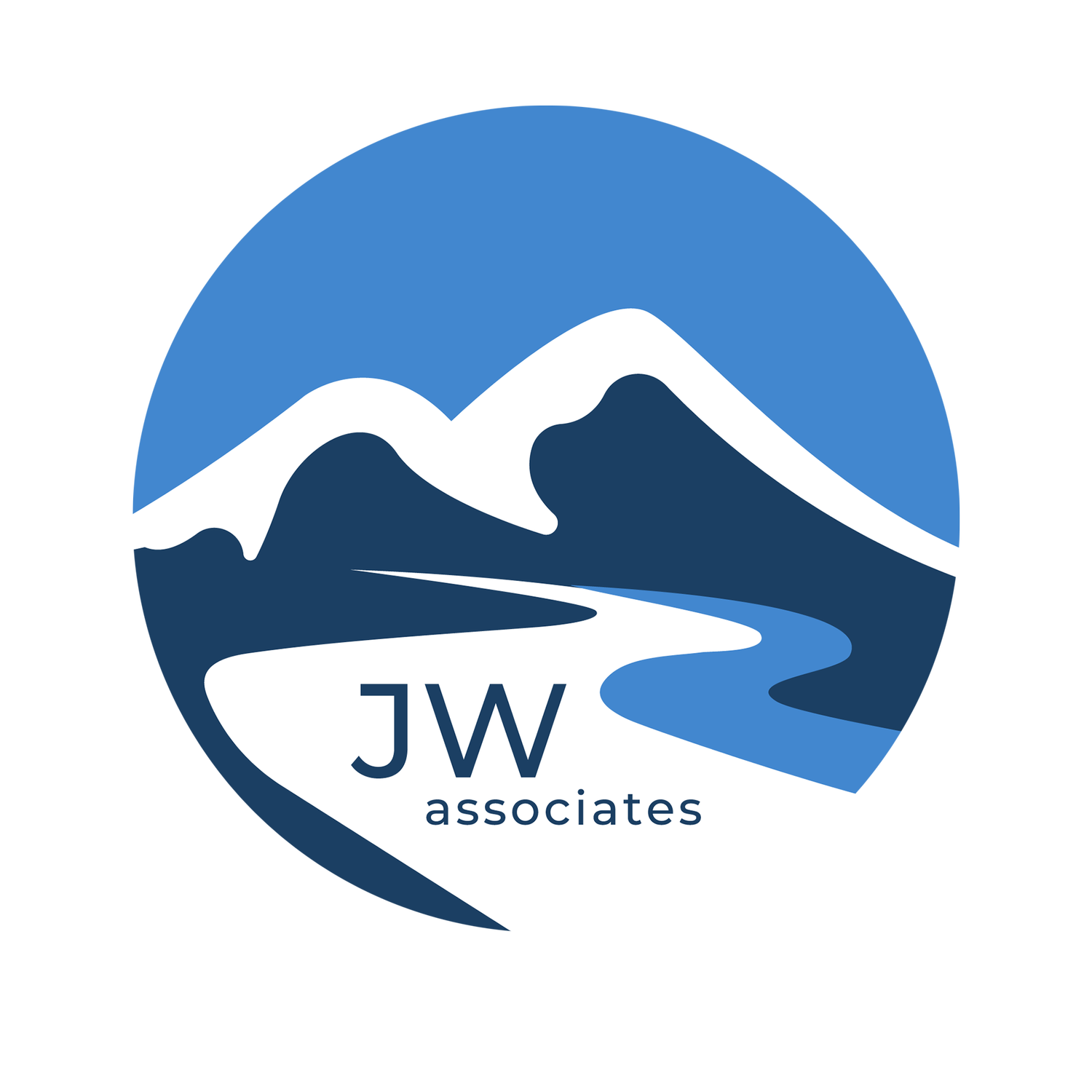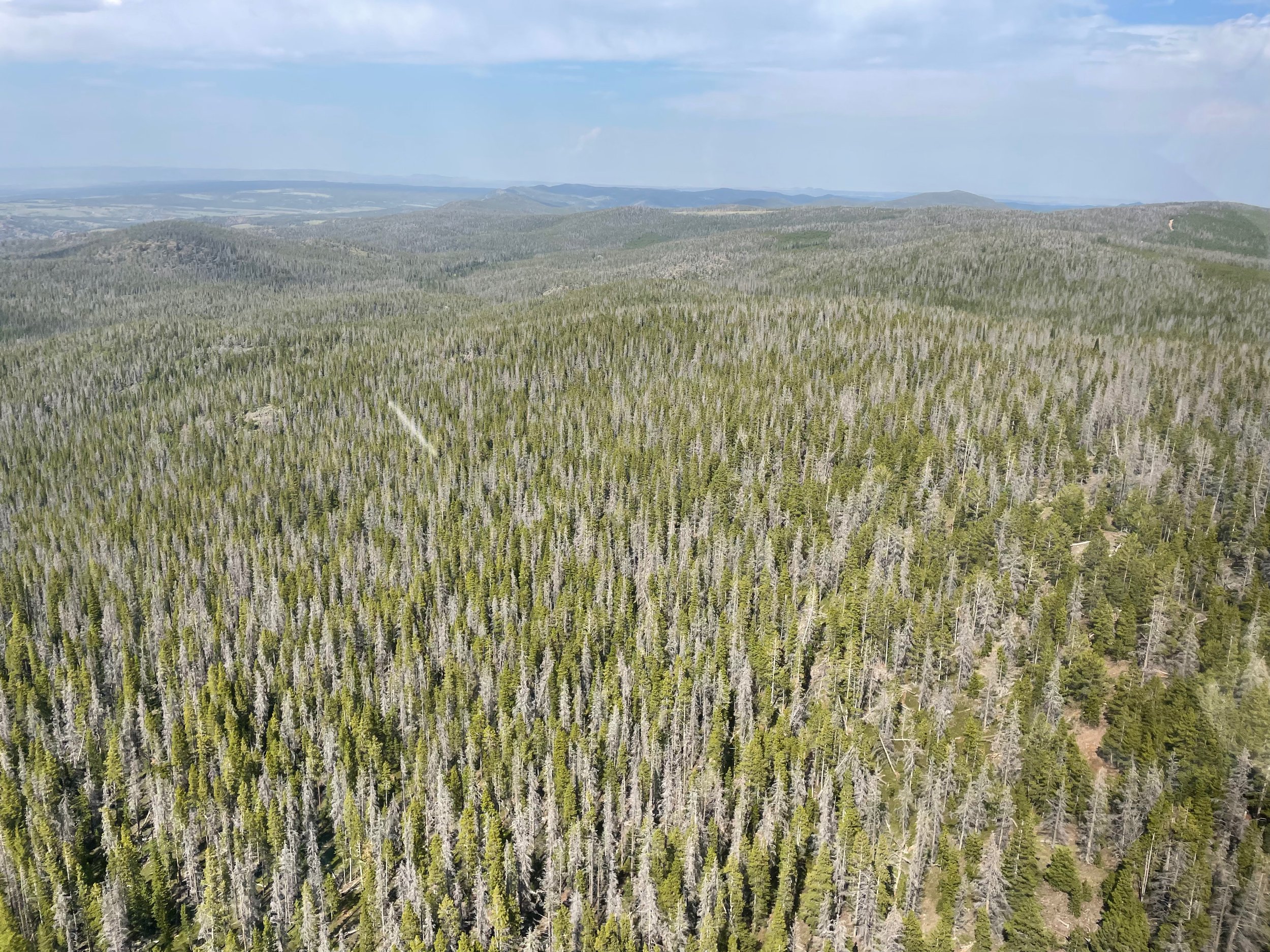Wildfire Planning & Mitigation
Wildfire planning & mitigation work is an integrated process, involving two areas of focus:
Watershed Wildfire Hazard Assessment
Pre- and Post-wildfire Planning & Mitigation
JW Associates tailors each project’s focus to include the appropriate aspects of one or both areas of work. See below for more details on these specialties.
Start Planning Now
Water supply agencies need to plan for wildfires in their watershed(s). Planning for future wildfires now is prudent because actions following wildfires are emergency actions when there is little time to determine the most effective and efficient response. Wildfire hazard reduction or watershed protection actions are logically different before a wildfire than after one, although there are some common themes. JW Associates has completed a number of projects that have included implementing pre-fire actions to reduce the threat of extreme wildfire, planning and completeing post-fire mitigation, as well as planning those post-fire actions before the fires are burning. Targeting post-fire actions to those areas where actions would be most effective and best protect downstream resources is critical to post-fire mitigation success.
Pre- and Post-Wildfire Planning & Mitigation
Identification of pre-wildfire actions that improve watershed resiliency in the event of a wildfire or other disturbances
Connecting pre-wildfire actions with suppression planning
Prioritization of post-wildfire mitigation to protect downstream water supply and other resources
Project Actions
Pre-wildfire actions can be very effective in moderating post-wildfire watershed responses
Prioritizing pre-and post-wildfire actions allows agencies to target critical projects within large landscapes
A post-wildfire plan before the fire allows quicker response and more effective treatments
Benefits
Current / Completed Projects
JW Associates has worked on pre- and post-wildfire planning and mitigation projects since 1999, in Colorado and across the Western US.
The most recent post-fire projects include Cameron Peak and East Troublesome Fires in Colorado
See a complete list of projects below.
JW has developed a comprehensive process for pre-and post-wildfire planning and mitigation that takes into account the individual needs and situations of each project.
The process involves these main steps, but can be tailored to the fit the needs of individual projects.
Tailored Planning and Mitigation Projects
Process Steps
Stakeholder collaboration
Watershed prioritization
Field inspections
Management plan
Developing and organizing mitigation work
Post-mitigation assessment
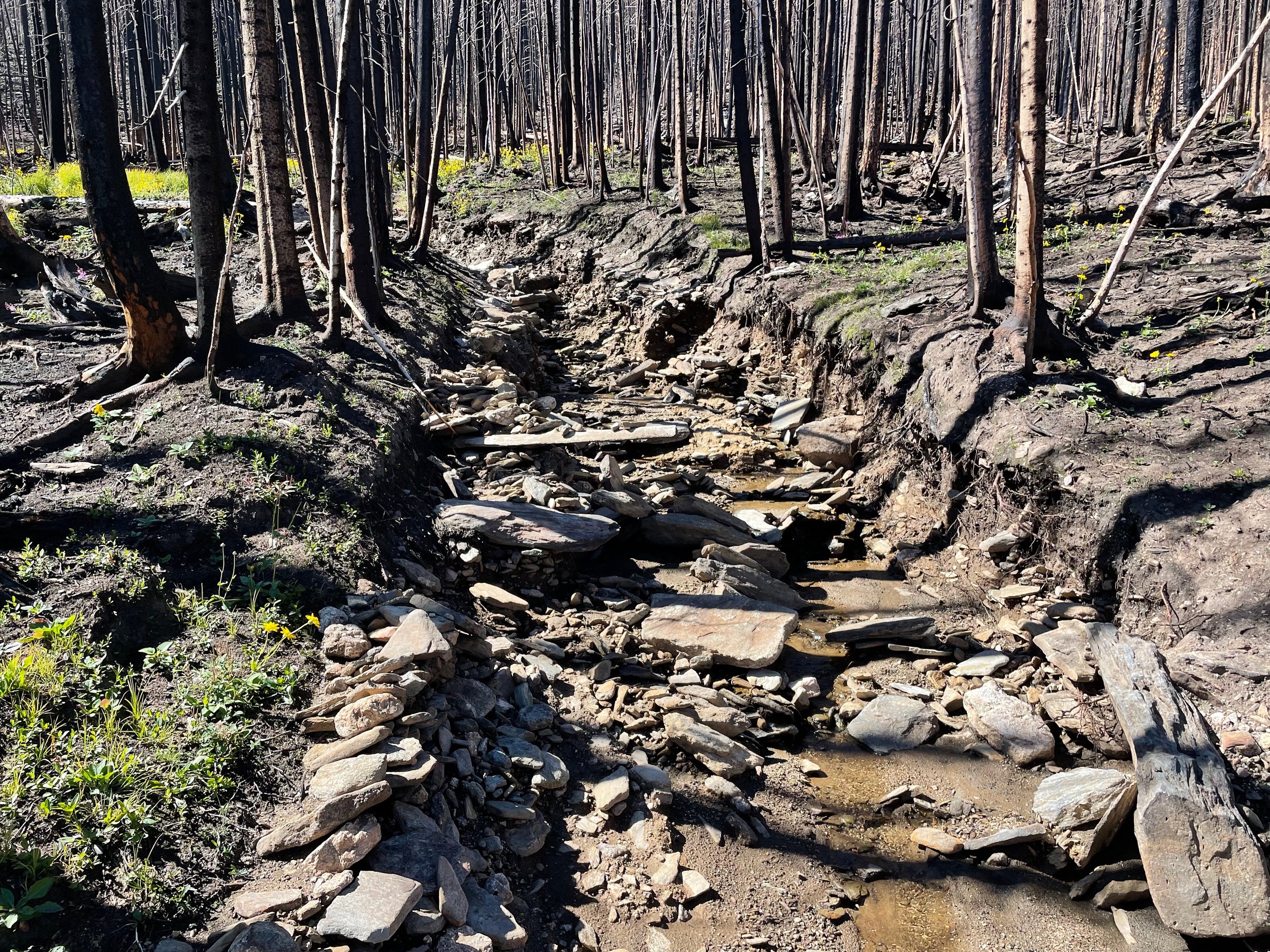
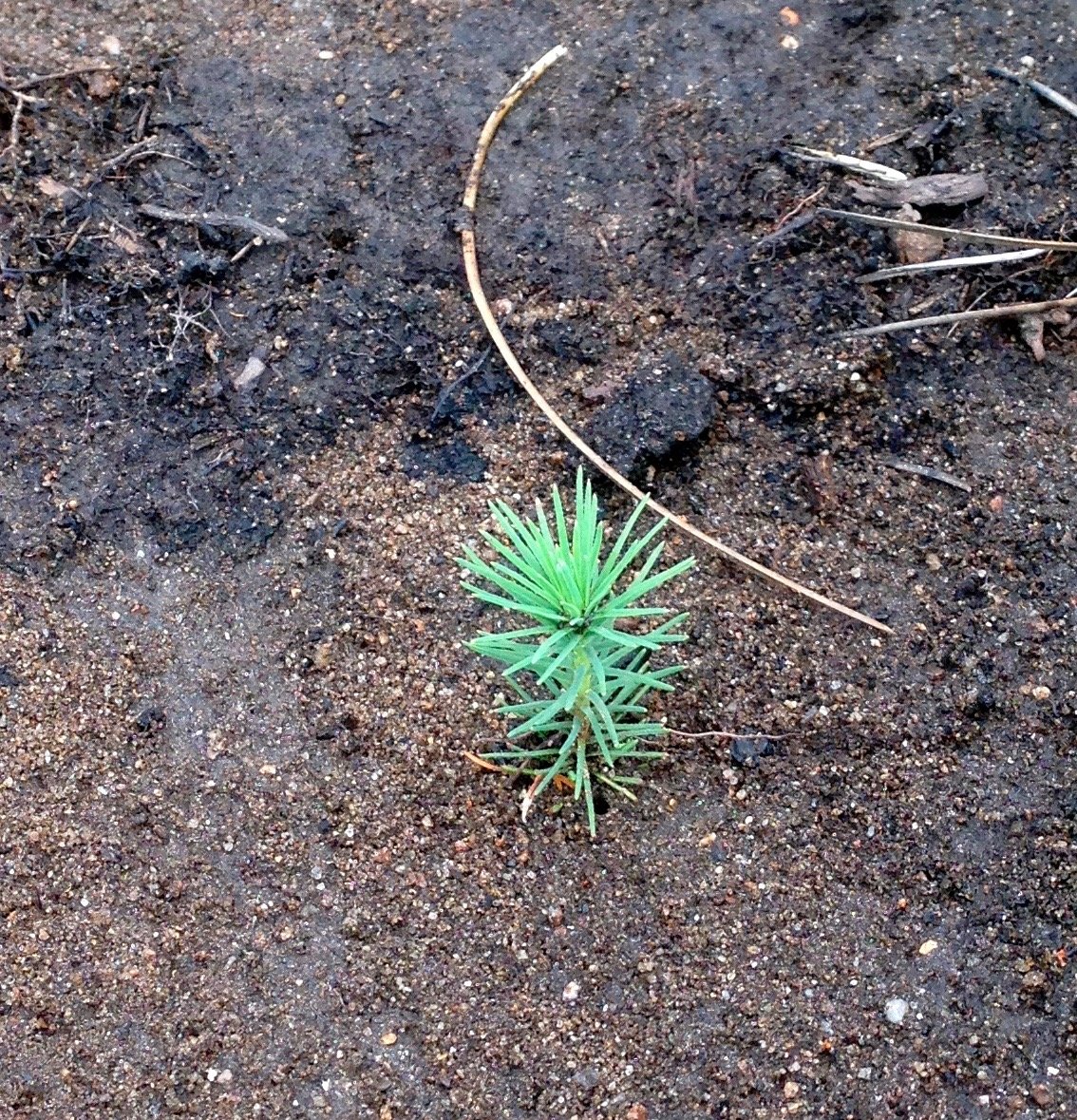
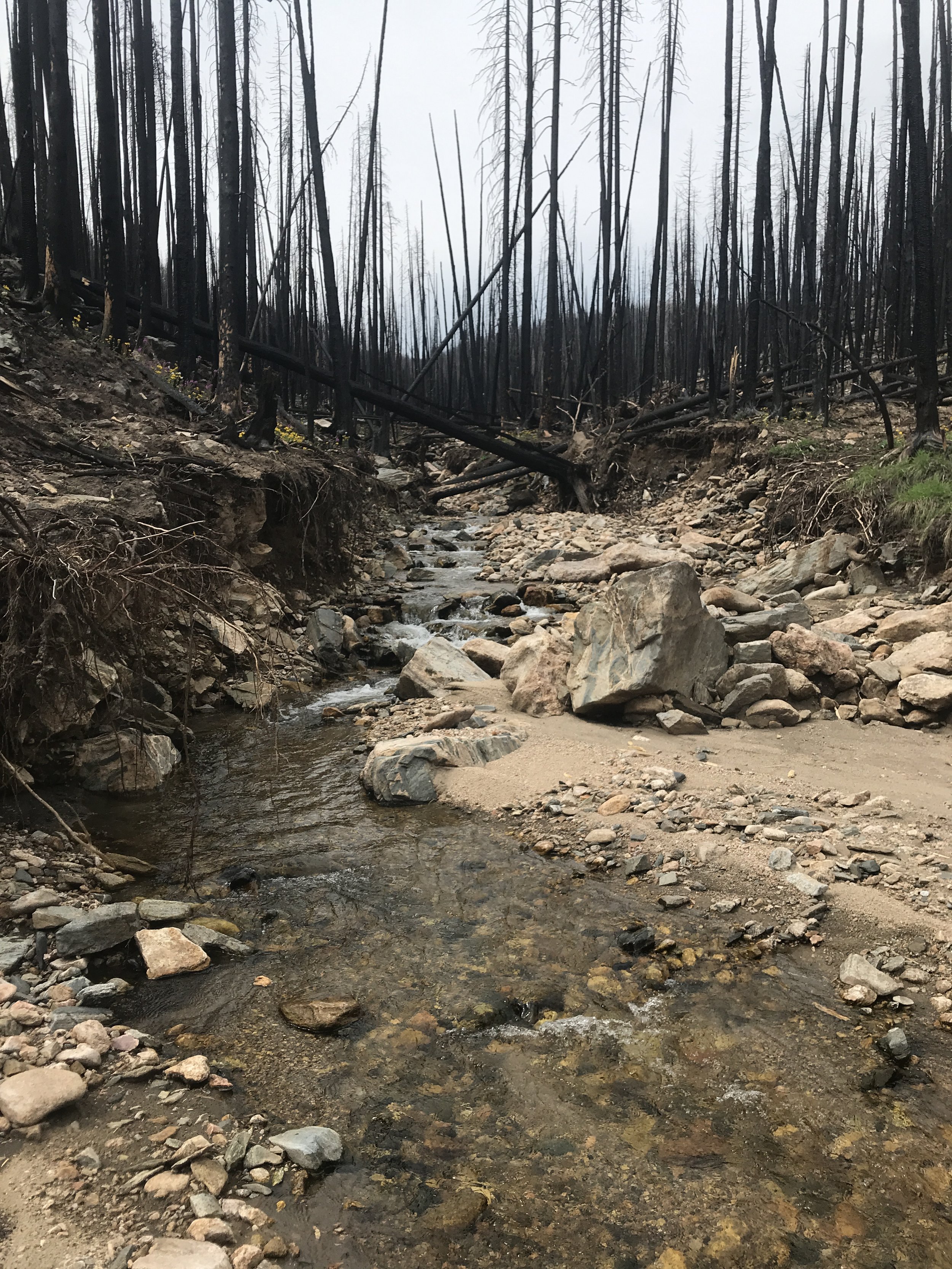
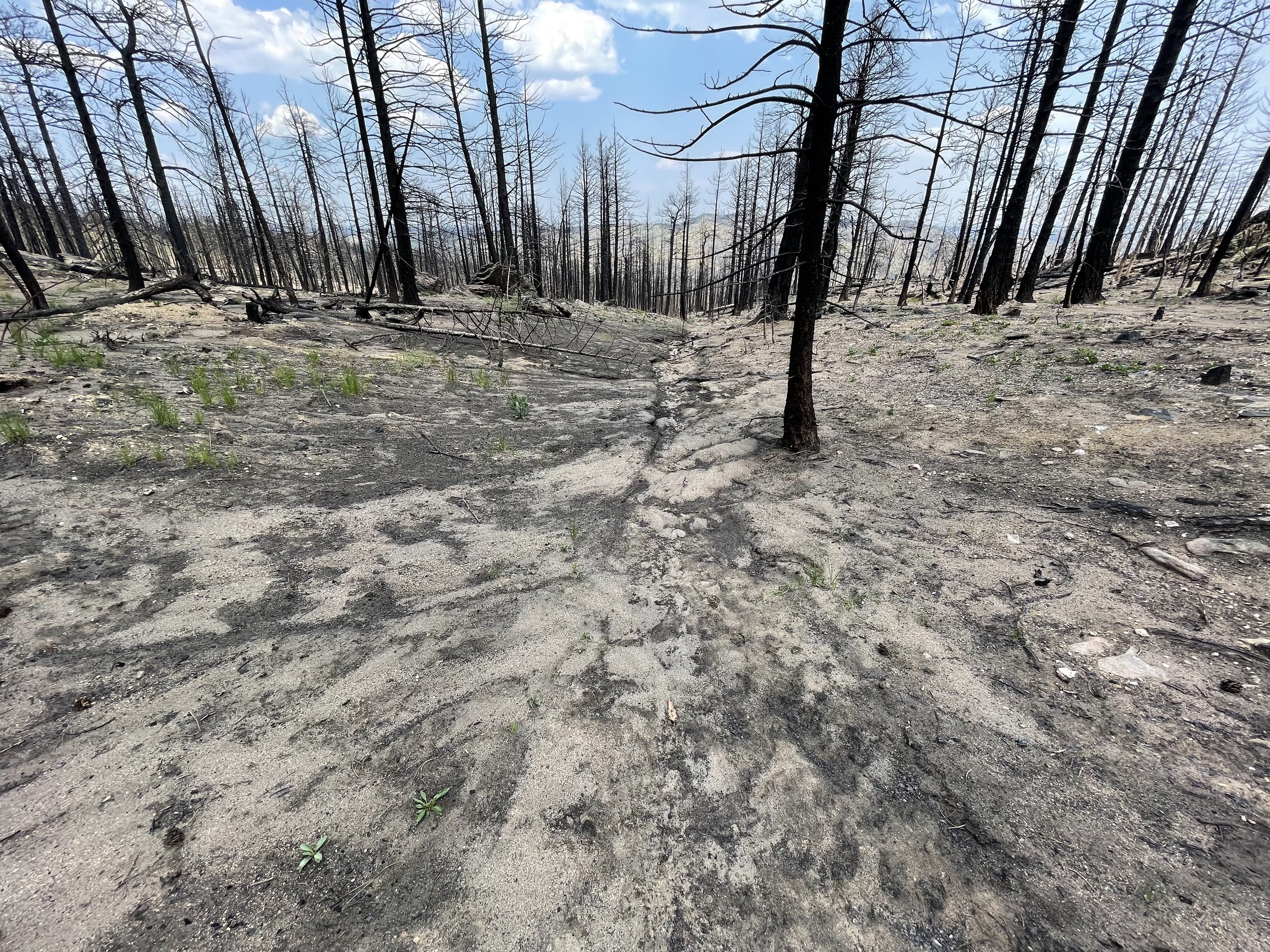

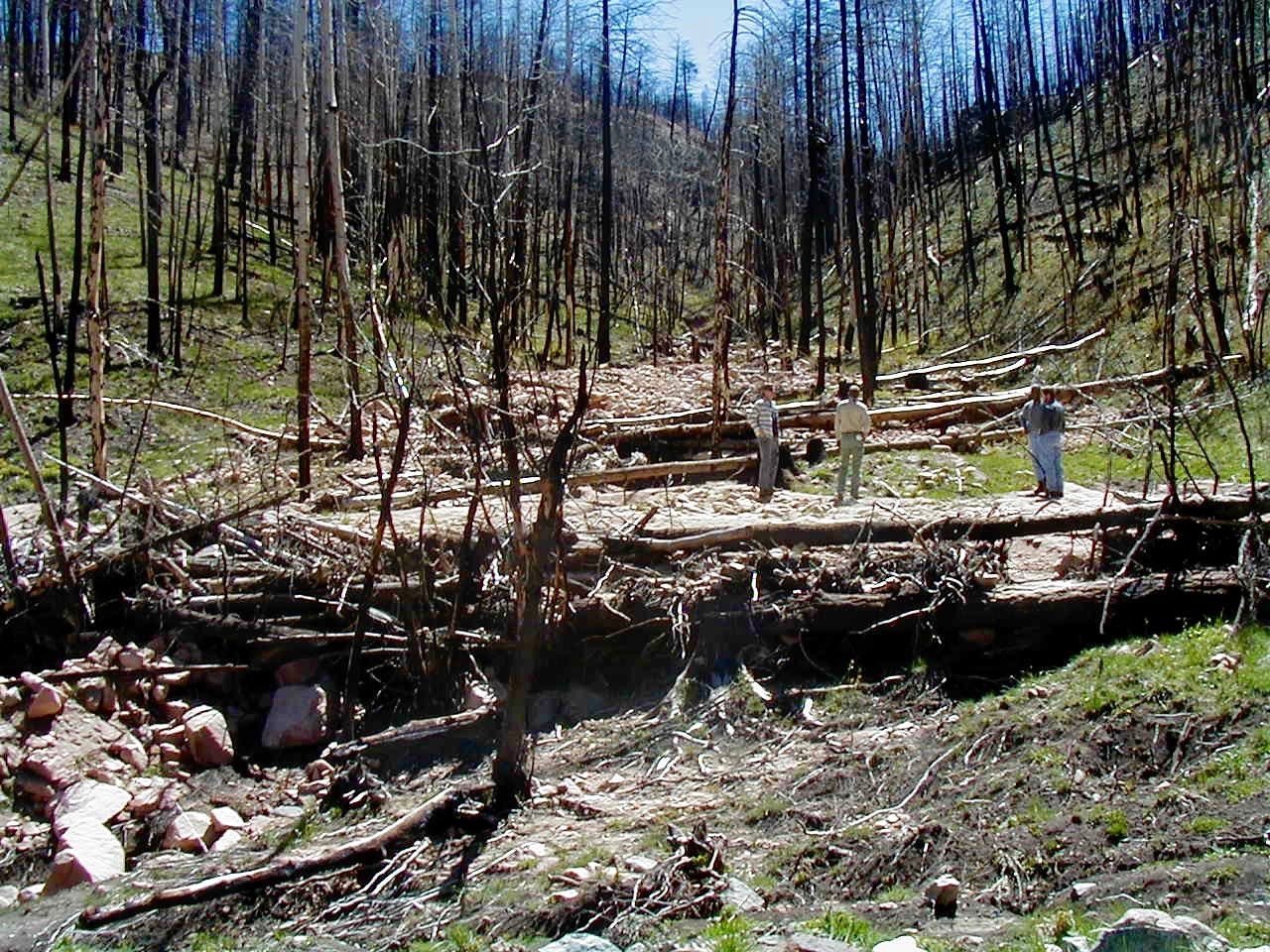
Assessment Actions
Identify present or potential hazards due to wildfires
Prioritize small watersheds
Recommend measures to protect critical watersheds for community water supplies
Develop an Opportunities and Constraints Analysis, addressing potential next steps for watershed protection
Gather key stakeholders together and communicate suggested processes and build collaborative understanding and support of the assessment process
Benefits
Identify applicable post-fire treatments for future use
Develop and implement climate change-driven management strategies
Protect watersheds that provide or convey critical community water supplies from adverse effects of post-wildfire hydrologic changes, including:
Flooding
Erosion
Debris flows
Deposition
Completed Assessments
JW Associates has completed more the 15 watershed/wildfire hazard assessments.
Each assessment follows the procedure prescribed by the Colorado Watershed Protect Data Refinement Work Group, titled “Protecting Critical Watersheds in Colorado from Wildfire: A Technical Approach to Watershed Assessment and Prioritization”. See Watershed Wildfire Protection Group below for more information.
Who We Work With
We have worked with various companies, including the following organizations:
State and Federal natural resource agencies
Non-profits
City and County agencies
Private companies
If you are interested in gaining more information about the health of your local watershed and the potential hazards it may face, please contact us.
Watershed Wildfire Hazard Assessment
Stakeholder collaboration
Modeling and analysis
Prioritize watersheds
Complete watershed protection plan
Process of Assessments
Assessments can be done before or after a wildfire.
The ideal clients for this offering are stakeholders, organizations, or government agencies that manage water resources and natural resource health of watersheds.
Wildfire Hazard Analysis Components
Project Examples
Upper Poudre River Watershed Project
Since 2011, JW Associates has worked on various wildfire mitigation, watershed planning, and resiliency projects in the Upper Cache la Poudre Watershed. These projects have developed over the years with the goal of building a resilient watershed and protecting a major water source for the cities of Fort Collins, Greeley, and Thornton.
Colorado-Big Thompson Headwaters Partnership
The partnership has been in existence since 2012 and has accomplished more than 550 acres of forest treatments with more than 875 acres under contract to complete in the next year or two. Planned treatments for the next 5 years are expected to be more than 3,000 acres.
Colorado Springs Utilities Watershed Partnership
This partnership has the goal of reducing the impacts of wildfires on water supply watersheds. The partnership is currently revising its 5-Year Plan that identifies priorities for forest management treatments throughout CSU's large water supply watershed areas.
Upper Curcharas River Watershed Pre-fire Assessment
JW Associates completed a comprehensive pre-wildfire assessment of the Upper Cucharas River Watershed and the identification of watershed protection projects. Our work included a Small-scale Watershed Hazard Prioritization and Targeting.
